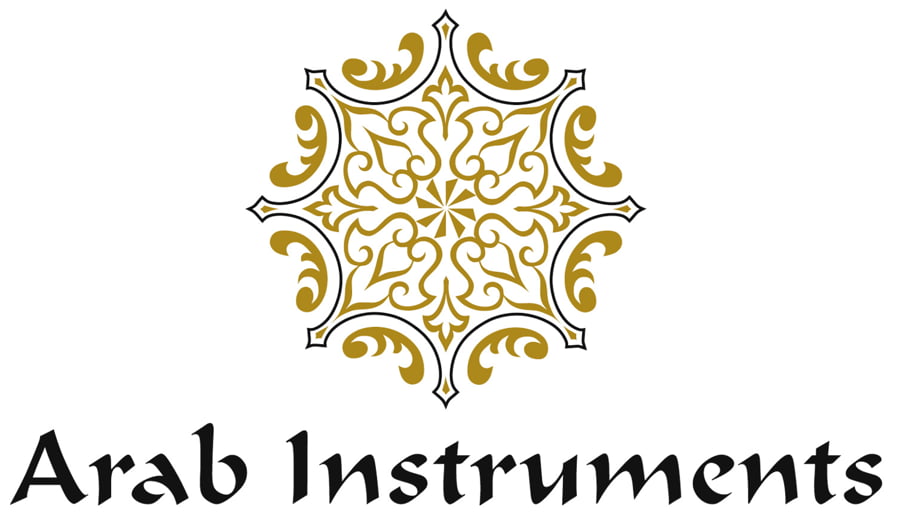Darbuka Rhythms - Malfuf, Maksum and Baladi.
Rhythm is the key factor, the fundamental meaning to any song. Rhythm is what orchestrates how fast or slow the entourage of instruments are played. It is the decisive factor to the characteristics of how a song means to the player and listener. But in middle-eastern music and culture, rhythm is THE conductor because the darbuka is not only an instrument that sets the beats but it sets the mood as well. Today we will discuss three rhythms used in both modern and olden day pieces; Malfuf, Maksum and Baladi.
Baladi, We might as well start with the first rhythm that every doumbek player learns. This is the most common rhythm among music used for oriental dancing, including Arabic pop and traditional Egyptian dance music. Traditional Egyptian dance is most often done to a baladi piece. The word means different rhythms depending on where you are. Baladi really implies "of the people/country"
that rhythm is commonly known as "Doum Doum. Tak Doum. Tak."
Maksum (which means, "cut in half") is really a whole class of rhythms that fit in a 4 beat measure. The maksum is quite basic to Middle Eastern rhythm; 8 beat measures formed by concatenating a maqsoum with another 4 beat measure, form a rhythmic basis for much Middle Eastern music. This version is a simple and very basic version. Maksum is the cleanest form of this family with a "Doum Tak. Tak Doum. Tak." basis. Don't be confused with the next rhythm Baladi, because many amateurs or those who are not educated in the differential rhythms can sometimes seem to call the maksum as baladi and vice versa!
Malfuf, or wrapped, spun around in Arabic is a fast paced 2/4 rhythm set. Commonly used as an intro for classical orchestral pieces or for belly dancer's entrances. This type of rhythm gives it an energetic feel. It does have a lovely touch where it succeeds in capturing the attention of it's listeners when a dancer enters the scene, but can be tiresome when overused.
The names of these beats were not just created for show, rather they were called so that in times of serious production it is known what types of beats are to be used.
Now all this wouldn't be complete if you didn't know first hand how to play these rhythms on your darbuka which you can easily buy from our new spring collection,. Once you feel comfortable with the darbuka that you have and has become an integral part of you we offer free darbuka lessons, which can then be upgraded to more professional grade lessons, once you think you're ready for the next level.
